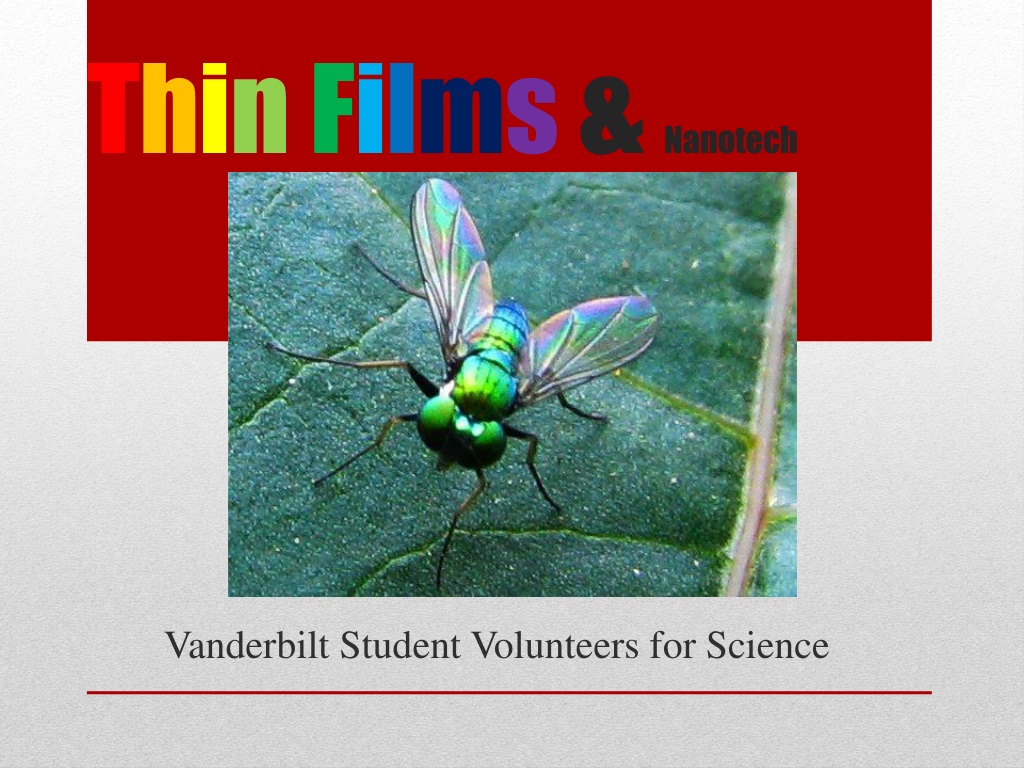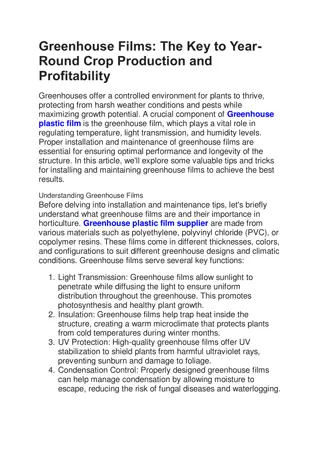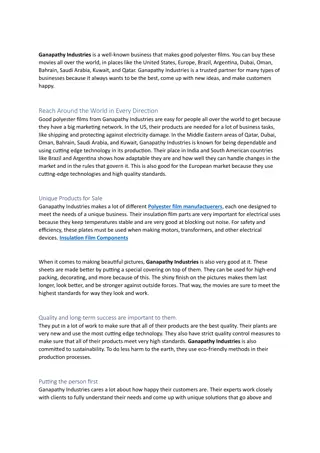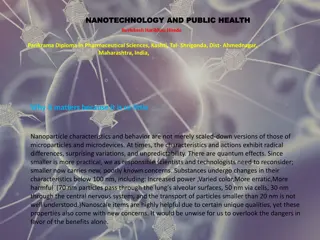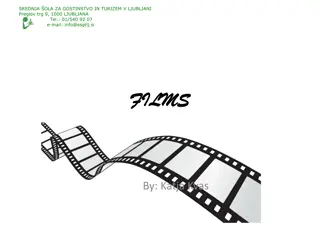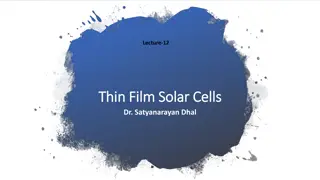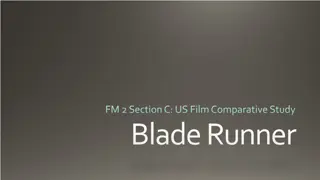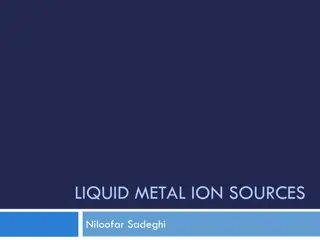Explore the Fascinating World of Thin Films and Nanotechnology
Delve into the world of nanotechnology and thin films with Vanderbilt Student Volunteers for Science. Discover how nanometer-scale science impacts our daily lives, from the properties of different materials to the interference patterns that create vibrant colors in thin films. Learn about the significance of constructive and destructive interference in determining the colors we see in thin films when white light interacts with them, and why some films appear black. Uncover the unique properties and applications of thin films in various everyday examples, such as soap bubbles and anti-reflection coatings on eyeglasses.
Download Presentation

Please find below an Image/Link to download the presentation.
The content on the website is provided AS IS for your information and personal use only. It may not be sold, licensed, or shared on other websites without obtaining consent from the author. Download presentation by click this link. If you encounter any issues during the download, it is possible that the publisher has removed the file from their server.
E N D
Presentation Transcript
ThinFilms& Nanotech Vanderbilt Student Volunteers for Science
A nanometer is a billionth of a meter. Thats really, really tiny! Nanoscale science focuses on things that are measured in nanometers, including atoms and molecules, the basic building blocks of our world. Soccer ball (70 centimeters) Gecko (13 centimeters) Dust mite (300 micrometers) Human hair (75 micrometers) DNA (2.5 nanometers) What is nanotechnology?
A thin film is a layer of material ranging from less than a nanometer (one billionth of a meter) to several micrometers thick. Everyday examples of thin films include soap bubbles, oil slicks on water, and anti-reflection coating on eyeglasses. What are thin films?
White light is made up of all wavelengths, or colors, of light. When white light hits a thin film, some of the light is reflected from the front surface of the film, and some travels through it and is reflected from the back surface. If the waves reflected from the front and back have crests that overlap, they reinforce each other and the reflected color is bright. This is called constructive interference. If the waves reflected from the front and back have crests that overlap with troughs, the waves cancel each other out and the reflected color is dim. This is called destructive interference. The thickness of the film determines which colors will be bright and which will be cancelled out. In a very thin film (less than 400 nanometers thick) all the colors cancel out, and the film appears black. What s so special about thin films?
White light is made up of all wavelengths, or colors, of light. When white light hits a thin film, some of the light is reflected from the front surface of the film, and some travels through it and is reflected from the back surface. The thickness of the film determines which colors will be bright and which will be cancelled out. In a very thin film (less than 400 nanometers thick) all the colors cancel out, and the film appears black. What s so special about thin films?
If the waves reflected from the front and back have crests that overlap, they reinforce each other and the reflected color is bright. This is called constructive interference. If the waves reflected from the front and back have crests that overlap with troughs, the waves cancel each other out and the reflected color is dim. This is called destructive interference. What is interference?
Most people say blue, but most people are wrong! The feathers on these birds are covered in thin films that reflect back light to make them look blue, but in reality, they re completely colorless! What color are these birds?
Tell students to: 1. Write your name on a strip of black paper. 2. Use the brush to drip one drop of nail polish onto the surface of the water. The polish will spread out into a thin film. 3. Slide the paper into the pan. Make sure it s completely under water. 4. Hold one end of the paper and lift it up out of the water. The film of nail polish will stick to the paper. Does the nail polish still look clear? The Experiment
Black paper is used for this activity because it absorbs all visible light. The colors that appear are created by the interaction of light with the thin film. The nail polish spreads out into a super-thin film, which creates iridescent, rainbow colors on the paper. The thin film is only a few hundred nanometers thick, about as thick (or thin!) as a soap bubble. The film is slightly thicker in some places and thinner in others. As the thickness of the film changes, the color changes. What just happened?
